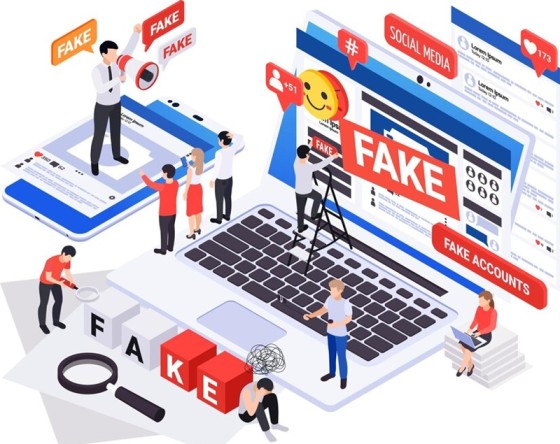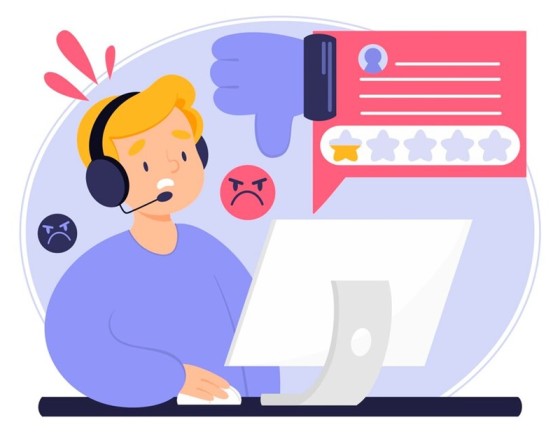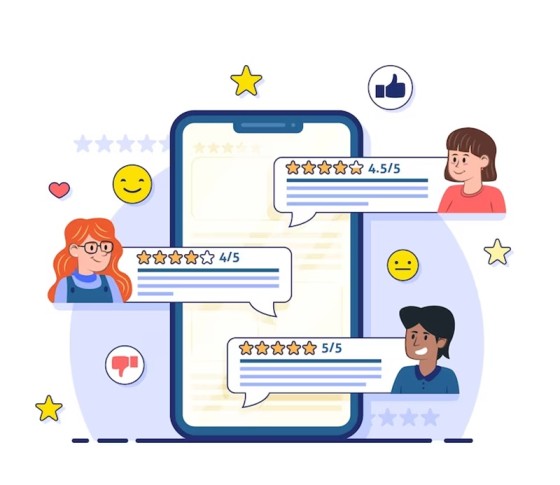In today’s digital age, the number of fake reviews is growing as online reviews have become an integral part of the buying process.
Customers rely heavily on reviews to make purchasing decisions. As a result, the temptation to manipulate these reviews has led to the rise of fake reviews.
In a recent survey, over 99.9% of customers read reviews when they shop online and 54% of consumers don’t buy a product if they suspect fake reviews.
These fake reviews on the Internet have brought great obstacles to consumers to make the right purchase decision.
Therefore, the research and identification of fake comments are urgent and significant. But the question is what are fake reviews and how we can spot them?
What are Fake Reviews?

Fake reviews, also known as fraudulent reviews or spam reviews, are reviews that are deliberately created to deceive consumers.
In short, fake reviews are reviews that are not based on a real person’s opinion or experience of the product, service or business.
There are three types of reviews: positive, negative, and neutral. Positive reviews are meant to improve the reputation of the product or service, while negative reviews are meant to harm the reputation of a competitor.
Impact of Fake Reviews on Customer
Reviews both positive and negative have a significant effect on consumers because online reputation works in both directions.
Here are the major consequences of fake reviews on customers:
Fake Reviews Lead to Poor Decision-Making
According to BrightLocal’s consumer survey, 49% of consumers trust reviews more than personal recommendations from family and friends.
As a result, false reviews can lead the customer to make bad decisions, which can lead to dissatisfaction, frustration, and financial losses for customers.
Fake Reviews Damage Brand Reputation

These reviews often generate negative perceptions about the brand, manufacturer, seller and products.
This can result in negative word-of-mouth and ultimately damage the brand’s reputation.
Loss of Customer’s Trust
When customers encounter fake reviews, they become suspicious of the authenticity of all reviews, making it difficult to find honest feedback to make informed decisions.
This can result in a loss of consumer trust and can hurt a brand’s value and sales.
How to Spot Fake Reviews?

- Don’t rely on star ratings: Don’t only go for star ratings, read the reviews about the product or ask questions about the experience in a polite manner.
- Watch out for red flags: Extreme emotion or language without details could indicate a fake review.
- Check the date: If you see a bunch of reviews posted on the same day, they might be fake.
- Examine the reviewer profile: Take a look at the reviewer’s profile. Fake profiles may have generic names or consist of random letters and numbers. Also, reviewers rarely use a profile photo because it would reveal their identity. They also use stock pictures as display profiles.
- Check on other platforms: Check multiple platforms. If a product/service has different ratings on different sites, it could indicate fake reviews.
- Check for Similar Language or Style: Multiple reviews using the same phrases or style might indicate manipulation.
Online Tools for Analyzing Fake Reviews
If you are still not sure about the review there are many tools available like ReviewMeta and Fakespot. These tools can help analyze reviews for patterns, language, and potential fakeness.
Action Taken by the Government for Fake Reviews

The government has introduced a new standard called “IS 19,000:2022” under the Bureau of India Standards (BIS).
Under this standard, platforms will have to have review administrators who will be responsible for moderating reviews using tools, or manually to filter out biased or defrauding reviews, and publishing those reviews.
About IS 19000:2022
- On 21 November 2022, BIS published an Indian Standard – IS 19000:2022, ‘Online Consumer Reviews – Principles and Requirements for their Collection, Moderation and Publication’.
- As part of the government’s drive to eliminate false reviews online, BIS has issued a set of new guidelines in the Indian Standard (IS 19000:22) for e-commerce operators, travel agencies and food delivery companies that provide consumer reviews online.
- This Standard applies to any entity that publishes consumer reviews on the internet, including suppliers/sellers that collect consumer reviews, third parties contracted by suppliers/sellers, or independent third parties.
You may also like to read: Standards and Their Importance in Today’s World
Consumer Review Features provided to control fake reviews
The review administrator has to ensure that consumer reviews have the following features:
- The date on which the review was submitted and the total rating.
- The review administrator should also provide review authors with an opportunity to add:
- Description of the consumer experience in a free text or questionnaire format.
- The date or period of the consumer experience.
- The purchase date of the products and services.
- Additional content relating to the consumer experience.
Conclusion
Fake reviews are a growing problem in the online world. They can mislead consumers and damage the reputation of businesses.
So, review sites and consumers must work together to identify and combat false reviews, to ensure that online reviews remain a trustworthy source of information for consumers.




